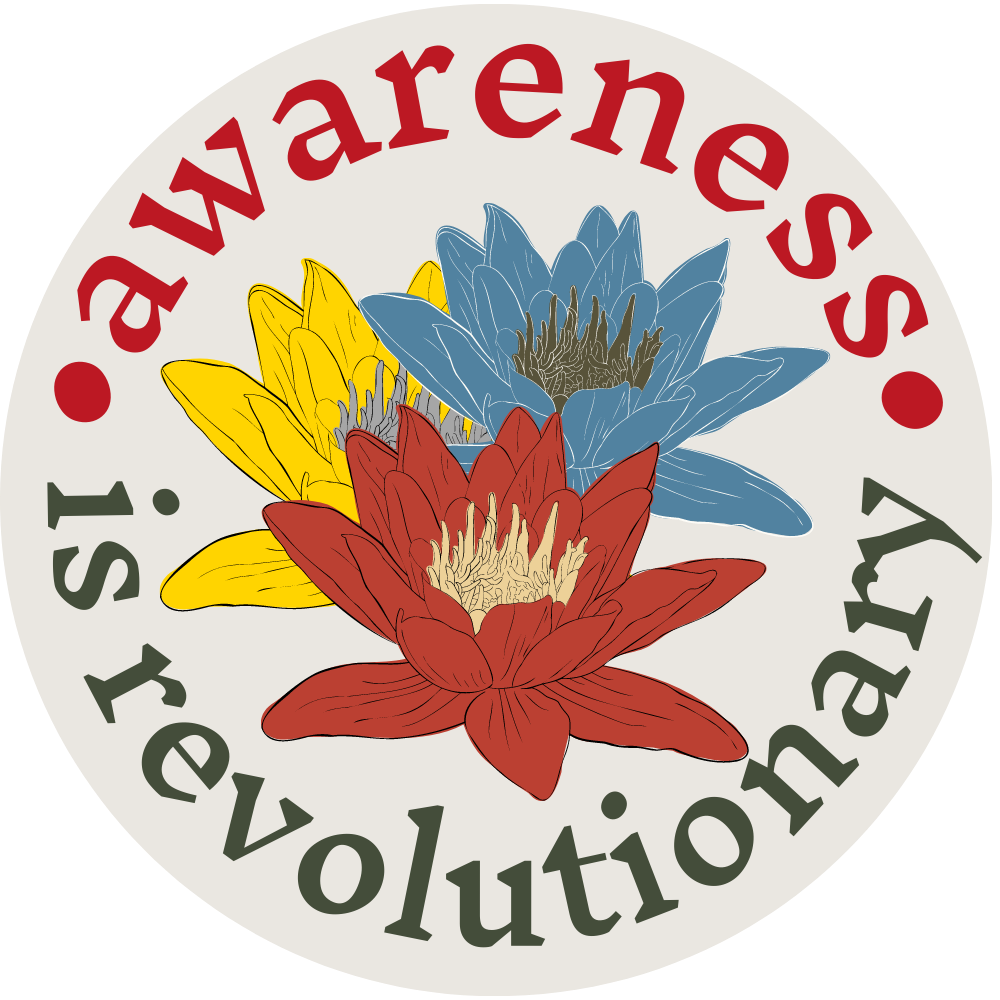Frequently asked questions.
Under Construction. Like everything.
What is a racial affinity group?
In this article by Ruth King, Buddhist teacher and author of Mindful of Race, you can find out more about the value of racial affinity groups in Buddhist sanghas, including white affinity groups.
We invite you to explore this interview by Eugene Ellis of two white psychotherapists developing their racial fluency and awareness within the therapy community through the racial affinity groups of white people.
More information about racial affinity groups or “caucuses” in anti-racism work in general can be found here.
What is Beloved Community?
Beloved Community is a dynamic expression, much like sangha. It emphasizes the vision of a community of diverse peoples, racially and otherwise, bound together with a sense of belonging and love. Below are some Buddhist voices on the topic of Beloved Community:
Gina Sharpe on “Beloved Community”
“In the early 20th century, the philosopher-theologian Josiah Royce first coined the concept of the Beloved Community. Dr. Martin Luther King Jr. popularized the term during the civil rights movements and referred to “the beloved community” in many of his speeches and writings. In 1960, Dr. King told the Freedom Riders, “Our ultimate end must be the creation of the beloved community.”
Dr. King believed that the cornerstone for the beloved community is love and justice and that the foundation of the beloved community is integration and total relatedness. He saw the struggle to resolve conflicts, rather than the absence of conflict as the fertile ground on which to build the beloved community. He defined love as the binding power that holds the universe together tying us in the single garment of destiny, caught in an inescapable network of mutuality.
Charles Johnson on “A sangha by another name”
In the 1960s, [King] nominated for the Nobel Peace Prize the outstanding Vietnamese Buddhist teacher Thich Nhat Hanh. King was, at bottom, a Baptist minister, yes, but one whose vision of the social gospel at its best complements the expansive, Mahayana bodhisattva ideal of laboring for the liberation of all sentient beings (“Strangely enough,” he said, “I can never be what I ought to be until you are what you ought to be. You can never be what you ought to be until I am what I ought to be”). His dream of the “beloved community” is a sangha by another name, for King believed that, “It really boils down to this: that all of life is interrelated. We are caught in an inescapable network of mutuality, tied in a single garment of destiny.”
To further understand how this term might used in a Buddhist context, you can read this article by Larry Yang, Buddhist teacher and author of Awakening Together.
